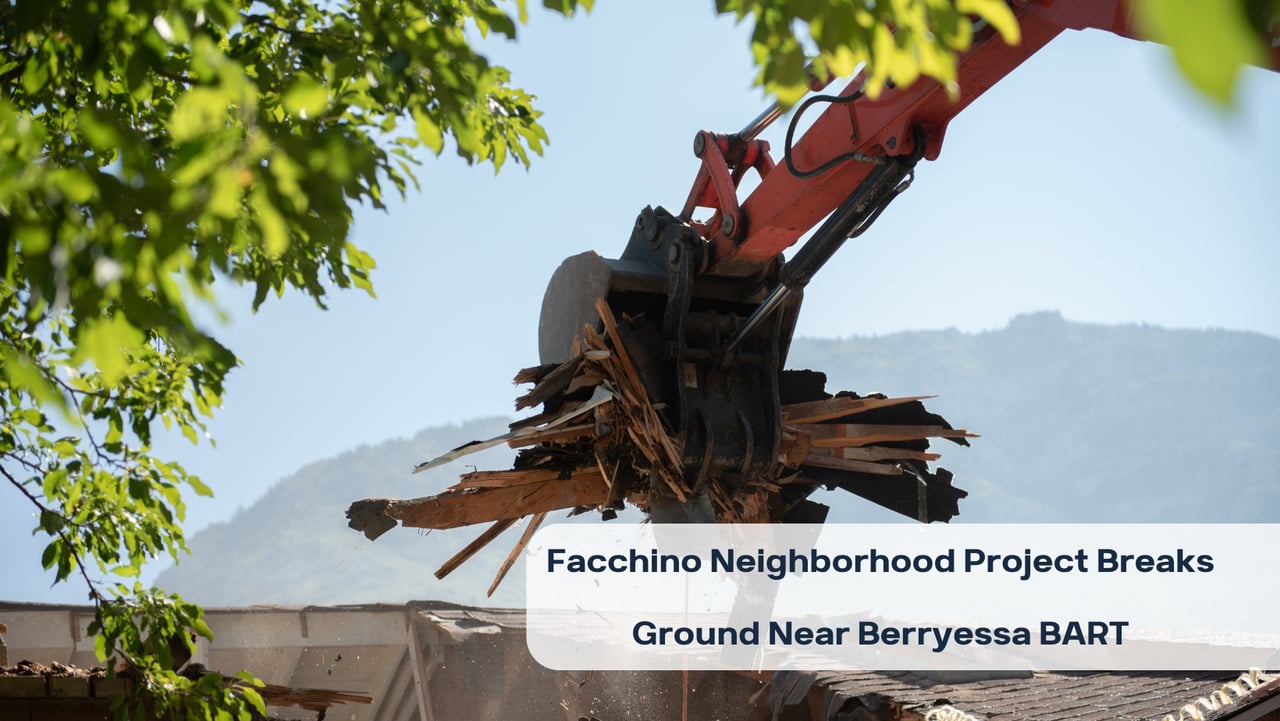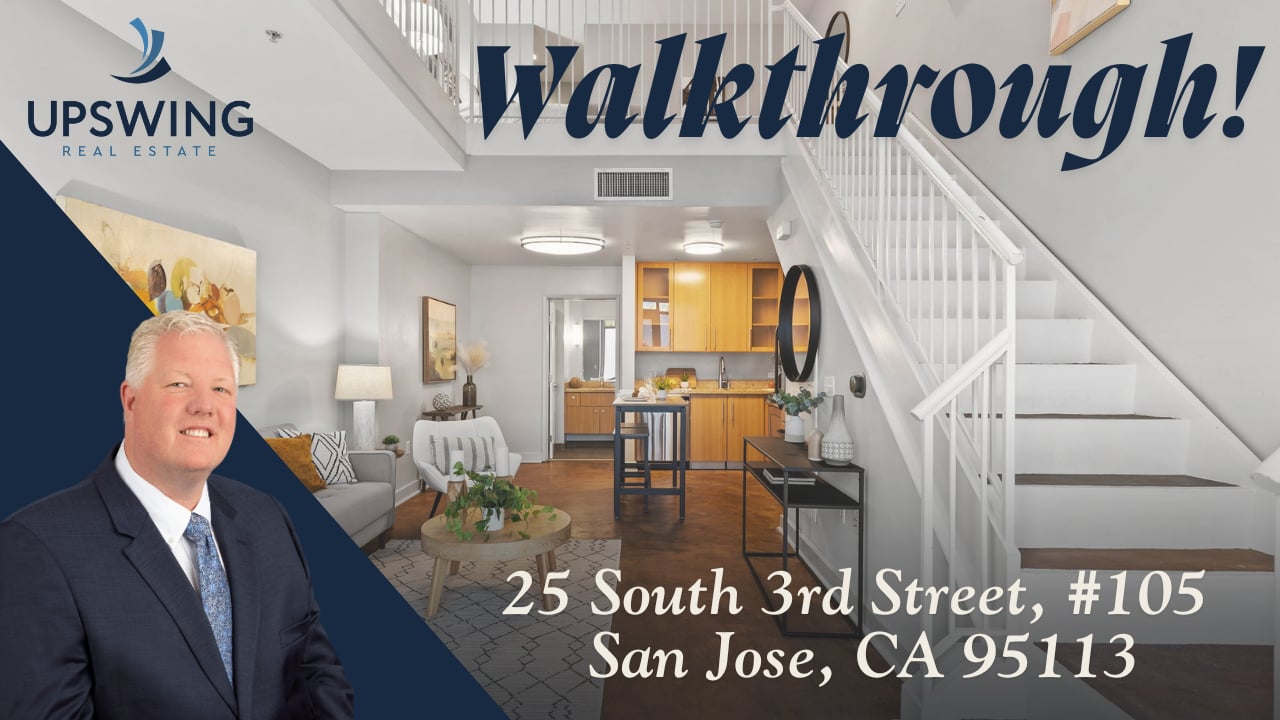Downtown San Jose Bart Extension Update
January 27, 2017

January 27, 2017

Downtown San Jose has big plans for the future, plans that include joining the short list of American cities with subways. The expansion of BART, Bay Area Rapid Transit, to the South Bay has been a long-anticipated project for Downtown San Jose. The newest addition to the BART line is the Berryessa stations, scheduled to open this fall, which commences the South Bay’s connection to Fremont, Oakland and finally San Francisco. The plans now are to extend the track in a “J” formation from the Berryessa Station beneath Santa Clara Street to Diridon Station. From Diridon, the track would continue underground beneath Stockton Ave., finally surfacing beyond Interstate 880 at the former Union Pacific Railroad Newhall Yard and a terminal station adjacent to Santa Clara’s Caltrain station.
Street closures, detours and night work may be necessary depending on the exact location of the Downtown San Jose station along Santa Clara as well as whether the VTA decides to go with a single or twin-bore tunnel. These impacts are the slight inconveniences that San Jose will need to endure in order to reap the benefits of connecting Downtown to the Bay Area’s main subway network. “Ultimately, we’re bringing a regional rail system down to San Jose that’s going to connect up and provide a lot of options for folks who live here,” said Leyla Hedayat, a senior vice president at the Kimley-Horn engineering consulting firm, which is in charge of planning and programming for this project for VTA.
Operating trains are scheduled tentatively for 2026. However, before breaking any ground, VTA has scheduled public hearings to share details with the public and gather input for some of the decisions that must be made to get final environmental clearance by the end of 2017. The final hearing is this Monday at 6pm in rooms 118-120 of San Jose City Hall. The following are the key issues that will affect downtown business and residents explained by the Silicon Valley Business Journal.
Twin bore or single bore? The public will feel the impact of this decision during construction, but BART, which will operate the trains will have important input on the decision, too, because the choice could affect operations. Both options will be dug by underground tunneling machines that will involve minimal impact along the surface of the route. But a twin-bore system requires separate box-like station structures stretching for three to four city blocks that will require digging down through the street. Construction would affect no more than two blocks at once. The 45-foot diameter single-bore option stacks the two tracks atop one another with room for stations within the confines of the tube, so less surface impact. “The other thing is that with twin bore, because of the cut and cover, we have to relocate utilities,” said Tom Fitzwater, in charge of environmental planning for VTA. “Some of these utilities have been there for decades. Relocation of utilities is going to be a huge challenge and some of them we don’t even know where they are. But you don’t have that with single bore because you’re deeper.” In addition, the single- or twin-bore choice would affect which parts of the project are built first and thus shift the time period of public impacts up and down the line.The twin-bore tunnels would range from 30 to 80 feet below ground and the single-bore tunnel would be 40 to 180 feet beneath the surface. The variation is to get beneath U.S. 101, rivers, creeks and underground retaining walls.
Downtown San Jose station — east or west option? The east option is at City Hall roughly between Third and Fifth Streets. It would be nearer to San Jose State University, an important origination/destination point for many riders, than the west option stretching between Market Street and Third. The west option would provide easier connectivity to light rail on First and Second Streets and also be closer to the “Mitchell Block,” VTA-owned property between Market and First Streets along East St. John Street that will be a construction staging area and then developed once BART is operating. The combination of a west downtown station and twin-bore construction would mean temporarily breaking the light-rail line and using a buses to bridge the gap while the station was built.
“With this project, people have to think long-term,” Hedayat said. “I think that could be challenging for people as we move this project forward because there’s going to be construction impacts that we’re going to have to work through. But when you build big infrastructure, you have to do that.”
Stay up to date on the latest real estate trends.

October 30, 2025

October 27, 2025

October 24, 2025

October 21, 2025

October 17, 2025

October 16, 2025
You’ve got questions and we can’t wait to answer them.